
2024 Great British Columbia ShakeOut
2024 Great British Columbia ShakeOut
Get Ready, Stay Safe, and Have Fun! ShakeOut Week in BC has been officially proclaimed October 11-18th, 2024!!
The Great British Columbia ShakeOut is an annual earthquake preparedness drill that allows people across the province to practice how to stay safe during an earthquake. In 2024, it’s happening on Thursday, October 17 at 10:17 AM, and it’s the perfect opportunity to ensure you’re prepared to protect yourself and your loved ones if the ground starts shaking.
How to Prepare for Your ShakeOut Drill
Before you dive into the drill, here are a few steps to ensure everything runs smoothly:
Register Your Participation:
Visit the ShakeOut BC website to officially register. This helps organizers know how many people are taking part and sends you helpful updates.
Know the Drill:
Familiarize yourself with the basic steps:
Drop:
Get down to your hands and knees to prevent falling.
Cover:
Take cover under sturdy furniture or against an interior wall away from windows.
Hold On:
Hold on to your shelter until the shaking stops
Choose Your Location:
Decide where you’ll do the drill—home, office, or school. It’s important to practice in a place where you spend most of your time.
Gather Your Supplies:
Earthquake kits should include essentials like water, non-perishable food, a first aid kit, flashlight, and extra batteries. Check to ensure yours is up to date!
Involve Everyone:
Make sure all family members, coworkers, or students know the drill time and understand their roles.
Tips to Make Your Drill Fun and Engaging
Turn It Into a Game:
Create a scavenger hunt for emergency supplies before the drill starts. Whoever finds the most items wins a prize!
Host a Themed Event:
For businesses or schools, consider hosting a ShakeOut-themed day. Dress in earthquake-safe gear (hard hats, safety vests) and decorate with safety posters.
Quiz Time:
After the drill, test everyone’s knowledge with a safety quiz. You can hand out rewards for correct answers to make learning enjoyable.
Earthquake Storytime:
For families with children, read a book about earthquakes after the drill or have a discussion on why it’s important to be prepared.
Simulate a Real Scenario:
Use sound effects of rumbling and shaking to simulate a real earthquake. This helps participants feel more immersed and take the drill seriously.
Top 5 Earthquake Safety Tips
Now that you’re ready to practice, here are the top five safety tips to prepare for an actual earthquake:
Create an Emergency Plan: Make sure everyone in your household or workplace knows the evacuation route, safe spots, and how to reconnect if separated.
Secure Heavy Furniture and Objects: Anchor bookshelves, cabinets, and other large furniture to walls to prevent them from toppling over during a quake. Store breakables in low, secure places.
Prepare an Emergency Kit: A well-stocked emergency kit should last at least 72 hours and include water, food, medication, first aid supplies, and important documents.
Know Your Building’s Safety Features: Familiarize yourself with emergency exits, fire extinguishers, and alarm systems in your building. If you live in an earthquake-prone zone, consider retrofitting your home.
Stay Informed: Keep an emergency radio on hand, and sign up for local emergency alerts. Knowledge is power, especially when it comes to safety.
The Great British Columbia ShakeOut is not just a drill; it’s a chance to actively prepare for an event that could strike at any time. By making the drill fun and engaging, you can turn what might feel like a chore into a valuable learning experience for everyone involved. Don’t forget—practice makes perfect, and when it comes to earthquakes, knowing what to do can save lives.
So, mark your calendar for October 17, 2024, and get ready to drop, cover, and hold on!
Use sound effects of rumbling and shaking to simulate a real earthquake. This helps participants feel more immersed and take the drill seriously.


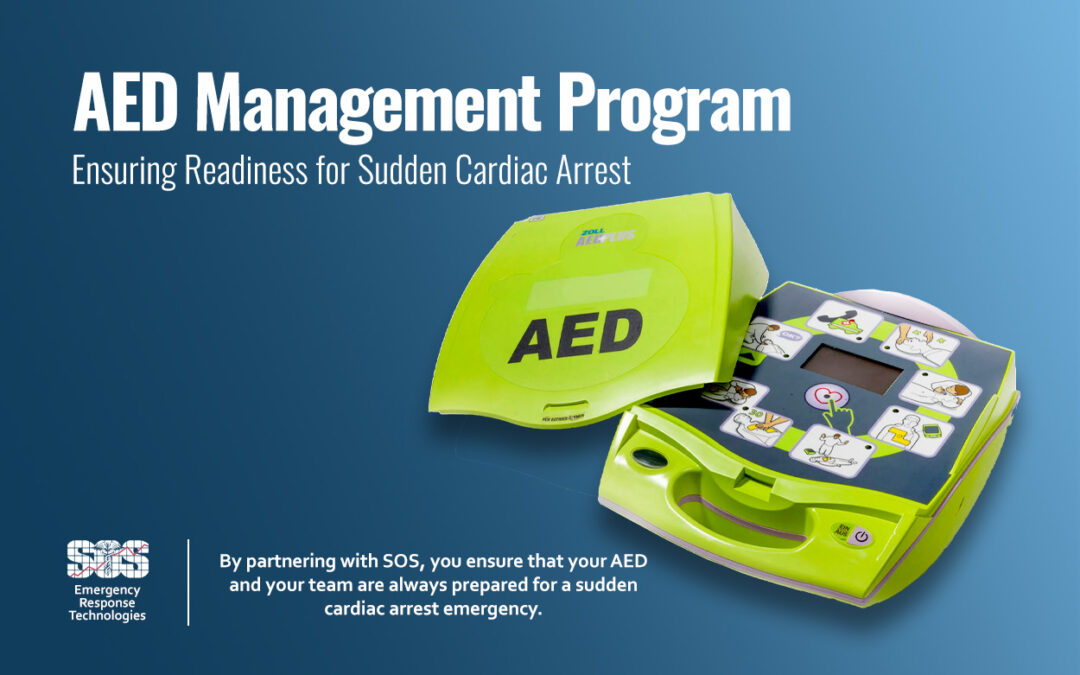
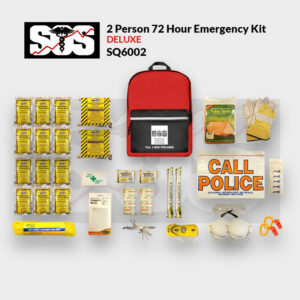
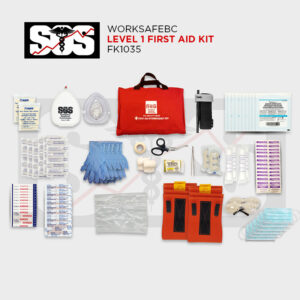
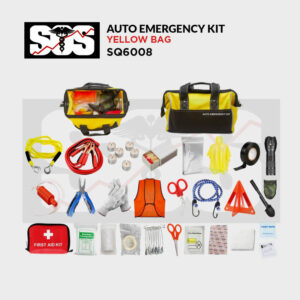
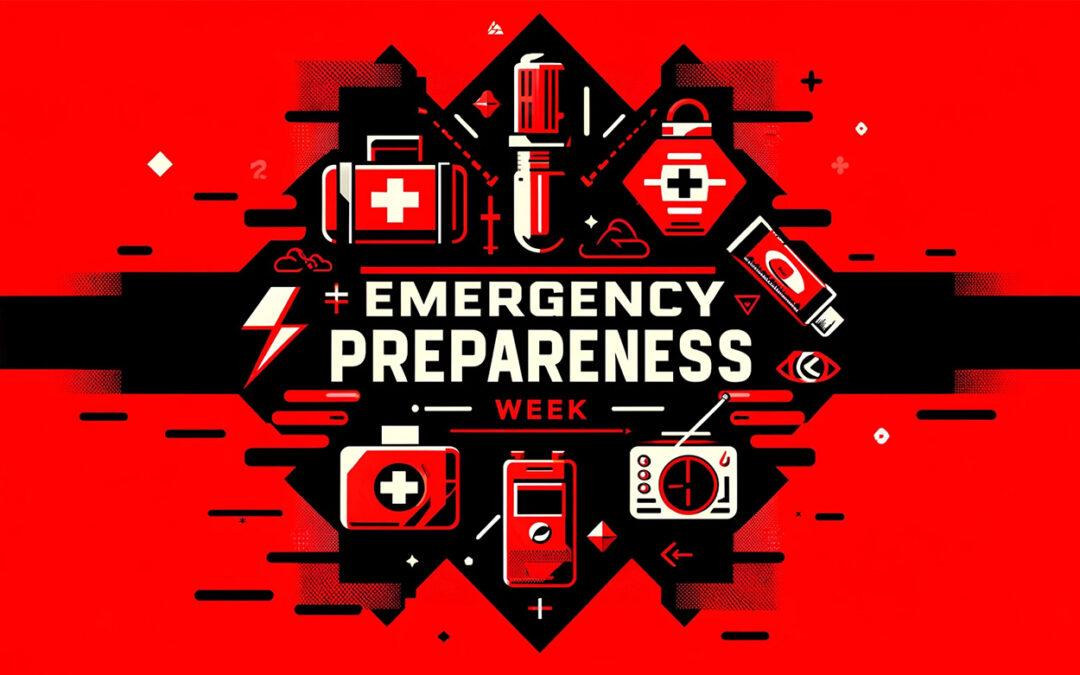
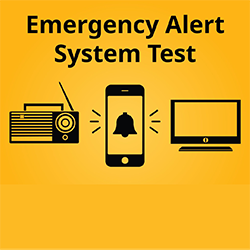
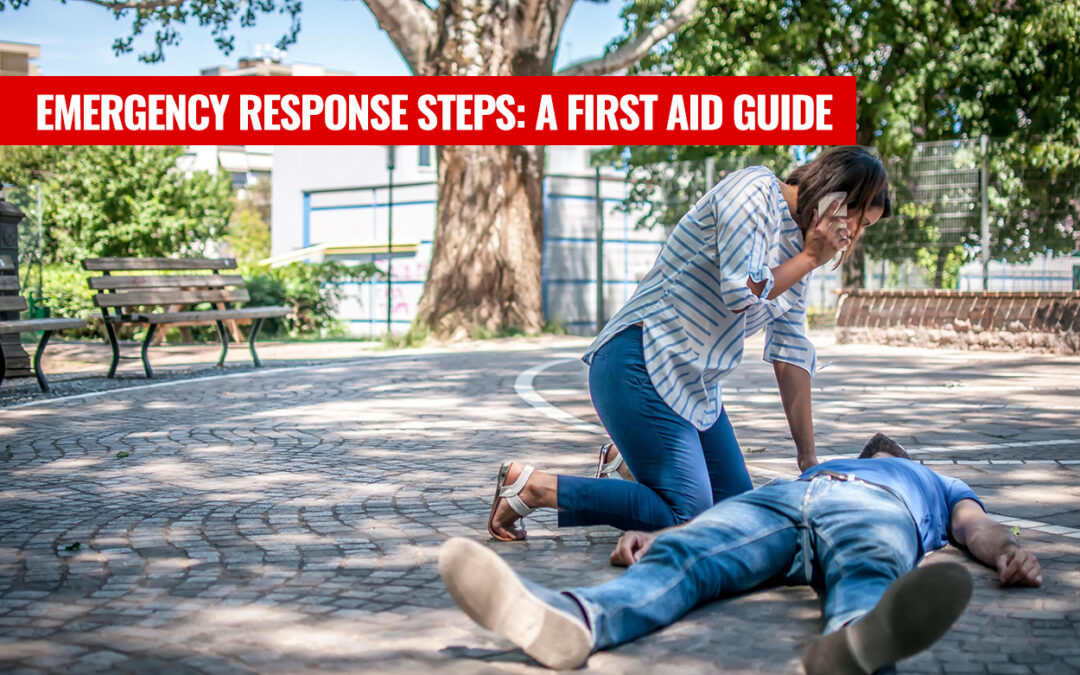
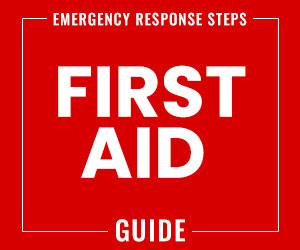 Emergency Response Steps: A First Aid Guide
Emergency Response Steps: A First Aid Guide
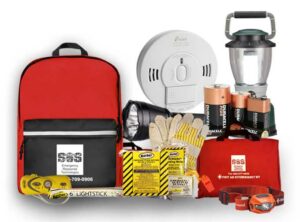 Why Seasonal Safety Checks are Vital
Why Seasonal Safety Checks are Vital